Throughout history, classic tavern culture has played a significant role in shaping societies, serving as hubs of community, commerce, and cultural exchange. Rooted in tradition and steeped in history, taverns have evolved from modest inns to iconic establishments that reflect the values and aspirations of their eras. From the colonial days when taverns served as gathering places for revolutionaries to the modern era where they continue to charm patrons with their unique ambiance, the timeless appeal of classic tavern culture remains undeniable. This article delves into the rich tapestry of tavern history, exploring its origins, cultural significance, and enduring relevance in contemporary times. By examining the characteristics of taverns, the birth of colonial tavern culture, and the symbolism behind their enduring presence, we uncover the fascinating story of a tradition that has shaped civilizations and continues to thrive today.
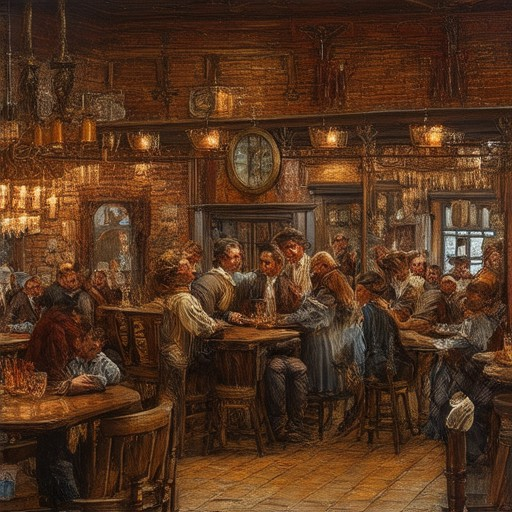
Characteristics of a Tavern
A tavern is a distinct establishment that combines the social aspects of a bar with the culinary offerings of a restaurant. Here are the primary characteristics that define a tavern:
- Food Service: Taverns are known for serving a variety of appetizers, meals, and beverages, distinguishing them from traditional bars.
- Atmosphere: The environment tends to be more refined, often featuring polished decor, soft music, and an emphasis on comfort and sophistication.
- Beverage Selection: Taverns typically offer a curated selection of imported beers, fine wines, and premium spirits, catering to a diverse clientele.
- Service Quality: Staff is generally more attentive and knowledgeable, often providing personalized recommendations for both food and drink.
- Menu Offerings: Beyond basic bar fare, taverns often feature small plates, tapas, or gourmet dishes designed to complement their beverage selections.
- Location: Found in urban centers or cultural hubs, taverns frequently attract a mix of locals and visitors seeking a sophisticated yet lively experience.
- Regulations: Many jurisdictions require taverns to adhere to specific licensing and inspection requirements, ensuring they meet health and safety standards.
These characteristics make taverns a unique destination for socializing, dining, and enjoying premium beverages in an elegant setting.
The Colonial Tavern Culture
Taverns in colonial America were vibrant hubs of social, economic, and cultural activity. These establishments played a crucial role in shaping early American society, serving as more than just places to drink. Here’s a detailed look at the significance of colonial tavern culture:
- Social Centers: Taverns were central gathering places for colonists. They hosted community meetings, political discussions, and social events. Many important decisions were made over drinks, making taverns hotspots for networking and debate.
- Traveler’s Refuge: For travelers, taverns were often the only places to find shelter and food. They provided a reliable stop for those journeying along trade routes or moving between towns.
- Economic Hubs: Taverns supported local economies by offering goods and services. They were often tied to inns, stables, and blacksmiths, creating a network of businesses that relied on each other.
- Cultural Significance: Taverns were also spaces for storytelling and celebration. They often featured live music, dancing, and other forms of entertainment, contributing to the rich cultural tapestry of the era.
Colonial taverns varied greatly in size and prestige. Some were modest establishments catering to everyday people, while others, like the Old Inn , were grand landmarks known for their hospitality and reputation. Regardless of their type, taverns were integral to the daily lives of colonists and visitors alike.
Learn more about the history of pubs and their enduring legacy at Dufferin Arms , where we celebrate the timeless charm of public houses and their role in shaping communities.
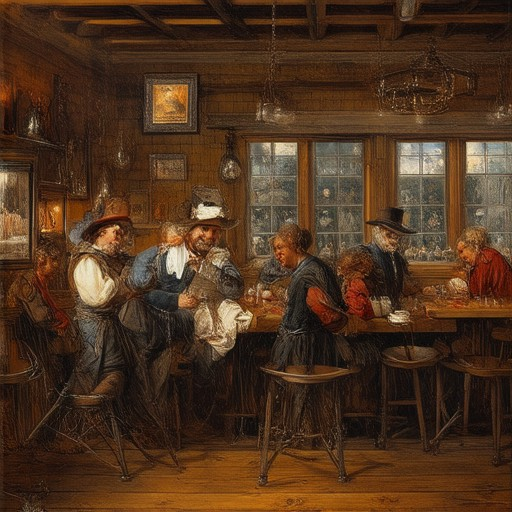
What Does a Tavern Symbolize?
A tavern symbolizes a vibrant hub of community life, serving as a gathering place for both locals and travelers. It represents social interaction, camaraderie, and shared experiences. Historically, taverns were more than just places to drink; they were centers of political discourse, resistance, and cultural exchange.
- The tavern was a space for social gatherings, fostering connections among villagers and travelers alike.
- It often functioned as a refuge, providing shelter and safety for those in need, including rogues and scoundrels.
- Taverns historically served as platforms for political debate and opposition, challenging the status quo and religious norms.
- They symbolized freedom of thought and speech, offering a space away from societal constraints.
The tavern’s legacy lives on in modern pubs like Dufferin Arms , which celebrate the rich history and cultural significance of public houses. These establishments continue to bring people together, preserving the tradition of the tavern as a vital part of community life.
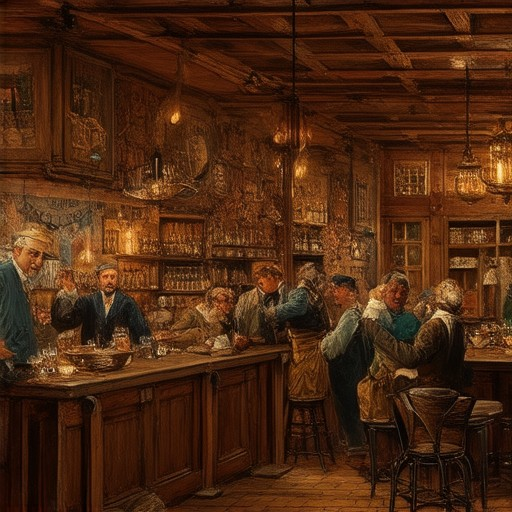
Taverns: Then and Now
Taverns remain a vibrant part of many communities, evolving alongside societal changes while retaining their core appeal. Today, taverns take various forms, reflecting modern tastes and interests while maintaining their traditional essence.
Modern Variations
- Sports Bars : These are a popular modern twist, often featuring televisions and focusing on sports events. They serve as social hubs for fans to gather and watch games.
- Themed Pubs : Many taverns now have unique themes, such as Celtic, Victorian, or retro styles, offering a immersive experience for patrons.
- Craft Beer and Wine Lounges : Some taverns specialize in offering craft beers, fine wines, and artisanal cocktails, appealing to connoisseurs and casual drinkers alike.
Cultural Significance
Taverns continue to play a crucial role in fostering community connections. They often host local events, live music, trivia nights, and other gatherings, making them hubs for social interaction.
Historical Context
The tradition of taverns dates back centuries, serving as gathering places for travelers, locals, and cultural figures. Over time, they’ve adapted to changing norms while preserving their status as community spaces.
Preserving Pub Culture
Dufferin Arms, a dedicated blog, highlights the legacy of pubs through detailed articles. Their mission is to celebrate the charm and history of pubs, showcasing their enduring relevance in modern life.
By embracing these variations and continuing to evolve, taverns remain a cherished part of our social fabric, bridging the past and present with their timeless appeal.
Why Pub Culture is Declining
Pub culture, once a cornerstone of social interaction, is facing a gradual decline due to several interconnected factors. Understanding these dynamics provides insight into the transformation of public spaces and community hubs.
- Urbanization and Community Disintegration
As cities expand, traditional village pubs, which often served as vital community centers, disappear. In urban settings, pubs can feel more like commercial spaces rather than gathering places for locals, reducing their communal appeal. - Rise of Alternative Entertainment Venues
Modern alternatives like bars, nightclubs, and home-based gatherings offer distinct experiences. These venues may cater to different demographics or provide more contemporary amenities, making traditional pubs seem less appealing. - Impact of Technology
The prevalence of smartphones and social media has shifted social dynamics. Many people now favor virtual interactions or home-based entertainment over physical gatherings at pubs. - Economic Pressures
High operational costs, rising rents, and competition from other businesses strain pub profitability. Financial challenges can lead to closures, reducing the availability of these community spaces. - Changing Drinking Habits
Preferences for home consumption or specialized drink venues, such as craft beer bars, may diminish the appeal of traditional pubs. - Regulatory Challenges
Stricter alcohol policies and licensing requirements can impose financial burdens, deterring pub ownership and operation. - Cultural Shifts
Increased focus on health and safety concerns, along with generational preferences, may lead individuals to avoid pubs associated with riskier social behaviors. - Globalization and Homogenization
Chain pubs offer consistent experiences, potentially overshadowing the unique, localized charm of independent pubs. - Pandemic Impact
The COVID-19 pandemic exacerbated pub closures and reduced foot traffic, with many pubs operating at reduced capacity post-recovery.
These factors collectively contribute to the decline of pub culture, reflecting broader societal changes and the evolving nature of social interaction.
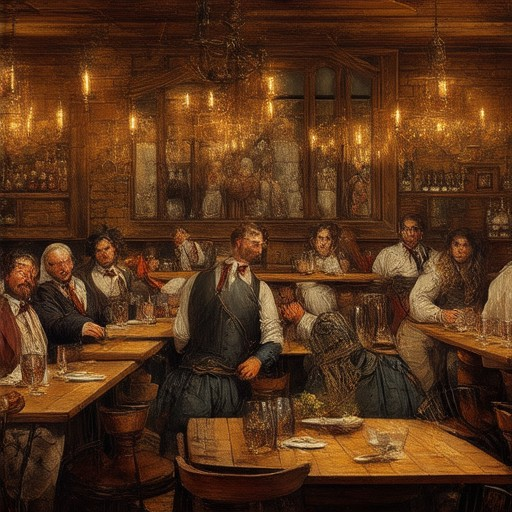
Tavern vs. Bar: Understanding the Key Differences
Dufferin Arms is a blog dedicated to exploring the rich history, culture, and traditions of pubs. We delve into the unique stories and social significance of pubs, celebrating their timeless appeal and their role in shaping communities. Our articles cover various aspects of pub life, preserving and celebrating the legacy and charm of these beloved institutions.
What’s the Difference Between a Tavern and a Bar?
The primary distinction between a tavern and a bar lies in their offerings and ambiance. While both establishments serve alcohol, their environments and services differ significantly:
- Offerings:
- Taverns: Typically serve a variety of beverages, including beer, wine, and spirits, alongside a full menu of appetizers, main courses, and desserts. Many taverns emphasize a cozy, inviting atmosphere with a focus on comfort food.
- Bars: Often specialize in a wide range of cocktails, martinis, and mixed drinks. Some bars also offer food, though it’s not always their primary focus.
- Atmosphere:
- Taverns: Tend to have a more traditional, pub-like feel with a emphasis on community and social interaction. They often cater to a diverse crowd looking to relax and enjoy both food and drink.
- Bars: Can vary widely, ranging from casual lounges to upscale nightclubs. Some bars feature live entertainment, dance floors, or theme nights.
- Establishment Type:
- Taverns: Can range from small, local pubs to larger, more elaborate restaurants with full kitchens. They are often regulated under specific licenses allowing them to serve food.
- Bars: May or may not serve food, depending on local regulations and the establishment’s preferences. Some bars focus solely on alcohol service, while others integrate food into their offerings.
- Services:
- Taverns: Usually provide table service and a more personalized dining experience. They often have a menu that reflects a traditional pub fare.
- Bars: May offer counter service or table service, depending on their style. Cocktail bars often emphasize mixology and unique drink creations.
- Regulatory Considerations:
- Taverns: Are typically licensed to sell both alcohol and food, making them versatile establishments.
- Bars: In some jurisdictions, bars may face stricter regulations, limiting their ability to serve food or requiring separate licensing for food service.
Understanding the differences between taverns and bars can help you choose the right establishment for your needs. Whether you’re seeking a casual meal with a drink or a vibrant nightlife, both options have their unique appeal. Explore Dufferin Arms’ articles for more insights into the world of pubs and their cultural significance.
For more information on the history and traditions of pubs, visit our history of pubs page. Discover how these establishments have shaped communities and contributed to social culture over the years.

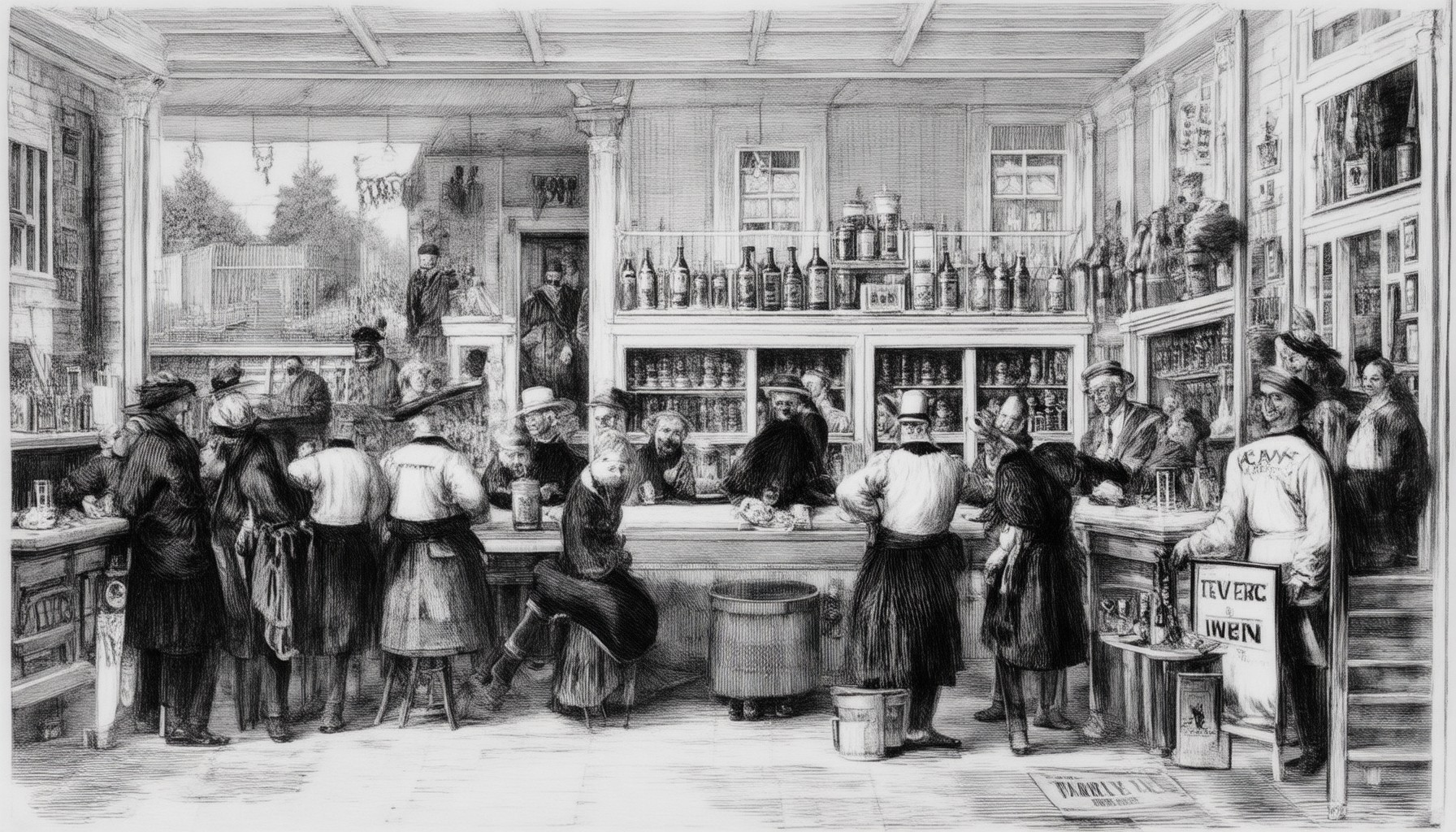
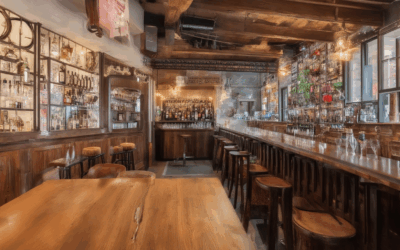
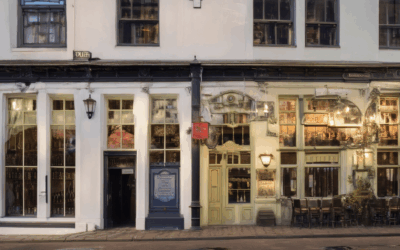
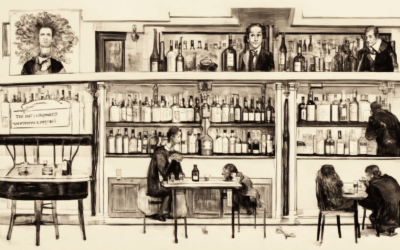
0 Comments